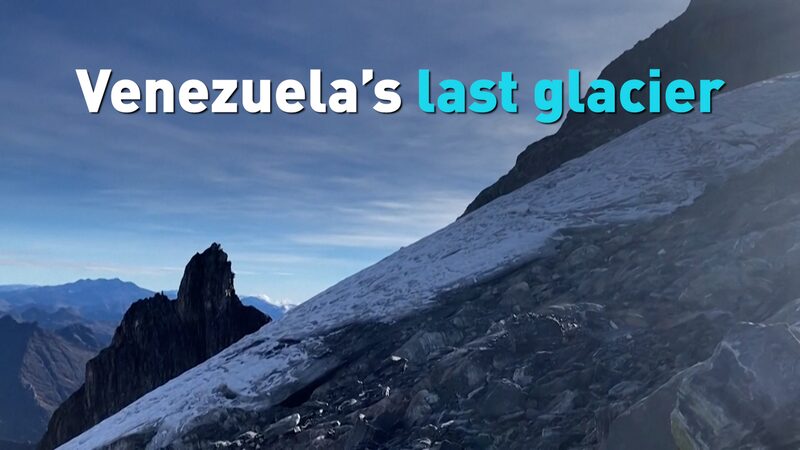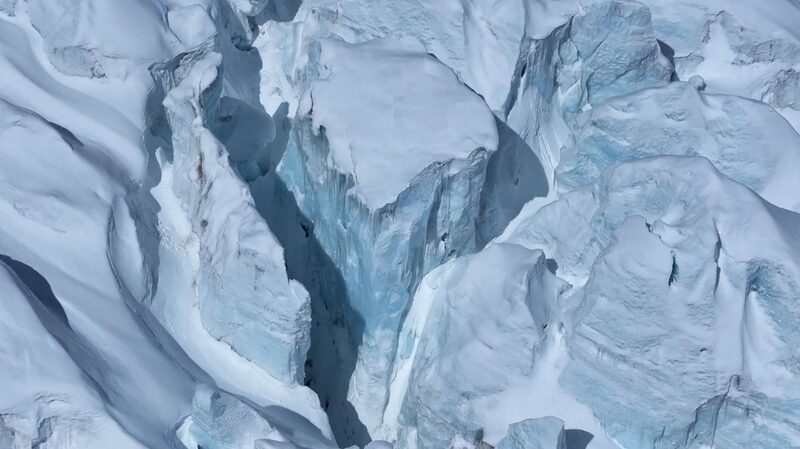Glaciers, often referred to as Earth’s ‘cold storage,’ are vanishing at an alarming rate. These colossal ice formations play a critical role in regulating our planet’s climate, providing fresh water, and sustaining ecosystems. Yet, due to global warming, glaciers are melting faster than ever before, and the effects are being felt worldwide.
A Firsthand Witness to Change
Since 2005, researcher Wang Feiteng of the Chinese Academy of Sciences has ventured into the field annually to study glacier changes. Over two decades, he has observed dramatic retreats. For instance, the No. 1 Glacier at the headwaters of the Urumqi River in the Xinjiang Uygur Autonomous Region has receded so much that areas once covered in thick snow are now bare rock.
Similarly, the No. 17 Glacier in Sichuan Province shrank from 0.05 square kilometers in 2020 to just 0.03 square kilometers by 2024. Experts predict it may disappear entirely before 2030. Such rapid melting not only highlights the loss of critical data but also underscores the profound impact of climate change on our environment.
The Irreversible Retreat
Research indicates that 80% of China’s glaciers are small, making them highly sensitive to temperature changes. Studies suggest that glaciers smaller than 0.5 square kilometers in northwest China’s arid regions may vanish by mid-century, even if climate conditions improve. This irreversible retreat poses significant threats to regional water supplies, ecological stability, and increases the risk of natural disasters.
Global Efforts and Innovations
In response to this crisis, governments and organizations worldwide are taking action. China launched an integrated protection and management project that includes glaciers, recognizing the shared fate of humanity and nature. Key measures include:
- Establishing glacier monitoring networks using satellite remote sensing, drone mapping, and ground-based observations for real-time data.
- Developing simulation and prediction models to forecast future glacier changes.
- Creating glacier nature reserves to minimize human impact.
- Optimizing water resource management to mitigate future shortages.
Innovative techniques like artificial snow augmentation and surface coverings are being tested to slow melting, although high costs limit large-scale application. Advances in artificial intelligence also offer new tools for monitoring and predicting glacier behavior.
The Road Ahead
Tackling glacier melting requires global collaboration. Suggestions for moving forward include enhancing international cooperation in research and conservation, promoting public education about glaciers’ importance, strengthening ice core studies to understand historical climate patterns, and improving cross-border climate governance and data sharing.
A Collective Responsibility
The disappearance of glaciers is a stark warning of the immediate impacts of global warming. While some loss may be irreversible, concerted global action can slow the trend and mitigate the dangers. Protecting Earth’s glaciers is not just about preserving natural beauty—it’s about safeguarding the planet’s future for generations to come.
Reference(s):
Earth's 'cold storage': Glacier conservation and global action
cgtn.com





